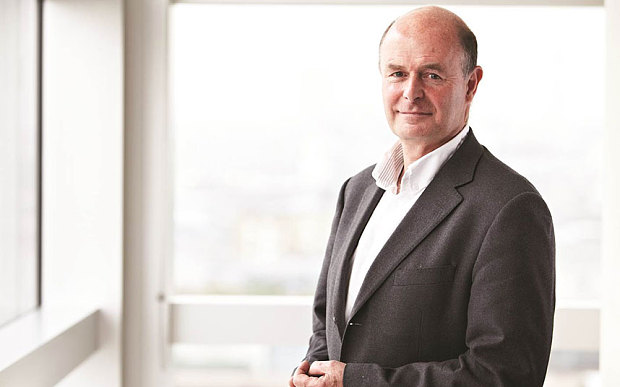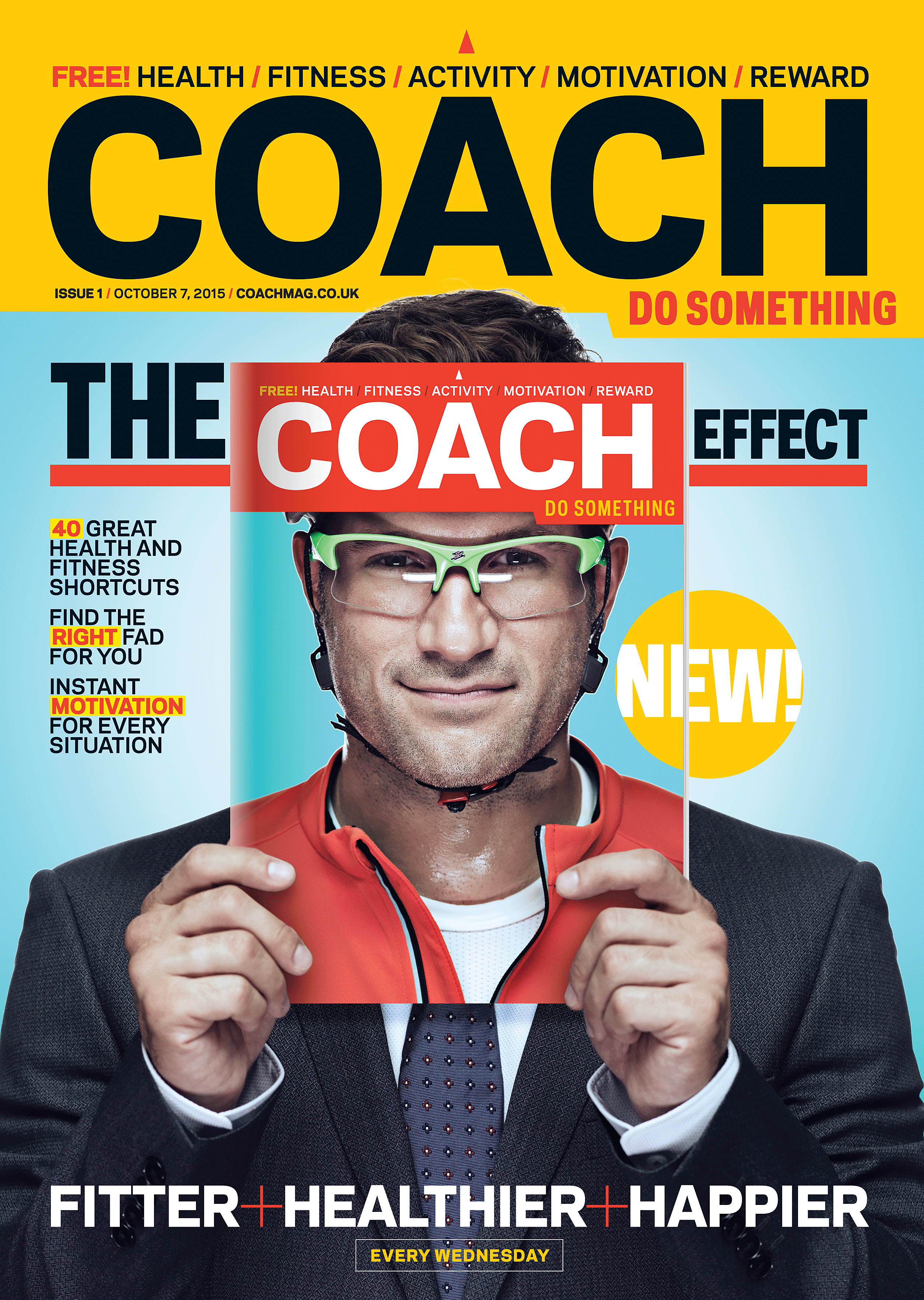Leading media commentator Torin Douglas steps out of his De Lorean for Magnetic and goes back to the future of magazine media at the Digiday Publishing Summit in Barcelona.
For fans of the Back to the Future films, October 21st 2015 is a momentous day. The date was displayed on the dashboard of Marty McFly and Emmett ‘Doc’ Brown’s De Lorean car when they travelled 30 years into the future from 1985.

At the Digiday Publishing Summit in Barcelona earlier this month, I took Back to the Future as my theme, in the belief that by looking back and seeing how far things have changed – or not – we can help put the future in perspective.
The Digiday event is mostly about data, innovation, engagement, mobile, social, programmatic, monetisation, platforms and adblocking. I suggested they should get out more and think about content and print! And that the established media are far more resilient than people think – not least magazines.
Comeback Year
1985 was a comeback year for magazine publishing. It needed to be because the industry had been through a tough couple of years, as I recorded in my media column in The Times. 1981 was the worst year for magazines in 40 years – with the threat of Channel 4 to come. As the first new commercial TV station for more than 25 years, it was out to eat the magazine publishers’ lunch. In the sort of grand gesture that was fashionable in those days, IPC Magazines – by far the biggest publisher – flew more than 200 marketing directors and agency executives out to Finland to present the case for advertising in magazines.
The pretext was that Finland was the source of the paper, on which all these wonderful titles were printed. But the attraction was that we would be flying to the Arctic Circle, where we’d see reindeer and the Northern Lights and drink vodka!
Magazine Effectiveness
Jolly though this trip was, it wasn’t just a jolly. There was a long presentation demonstrating the effectiveness of magazines, which was followed up strongly in the UK. And IPC held a meeting with its main competitors to discuss the launch of a generic campaign to promote magazine advertising.
This may have been a very Eighties way of tackling the crisis, but it has echoes in the launch of Magnetic. And on October 22nd Magnetic holds its own event to promote the strengths of magazine advertising – Spark 2015 – though presumably without the reindeer and vodka!
There’s plenty of innovation in magazines today, as shown in recent weeks by the relaunch of NME as a free title, events such as the first Radio Times Festival at Hampton Court and Stylist Live, and the launch of Coach in the fitness field and Minecraft World for young gamers. Meanwhile, the success of The Week demonstrates the continuing power of print.
But there is room for more.
Spirit & Ambition
In 1985, magazines fought back with a series of launches. Just Seventeen went weekly, and got two new competitors – Mizz and Etcetra. Rupert Murdoch launched Elle in conjunction with Hachette. Nat Mags launched Country Living, followed by Country Homes and Interiors from Carlton. Plus: Looks from EMAP; Chat, a women’s weekly; and a dozen more.
The following year came Prima, the first incursion into the UK from Gruner & Jahr, and later, in just one year, New Woman from Rupert Murdoch, Marie Claire from IPC, Best from Gruner & Jahr, Bella from Bauer, Essentials, More and the original celebrity magazine Hello.
This process of creative renewal was very positive for the magazine business. And it’s that spirit and ambition that I would urge publishers to hold onto as you face up to the challenges of digital publishing.



